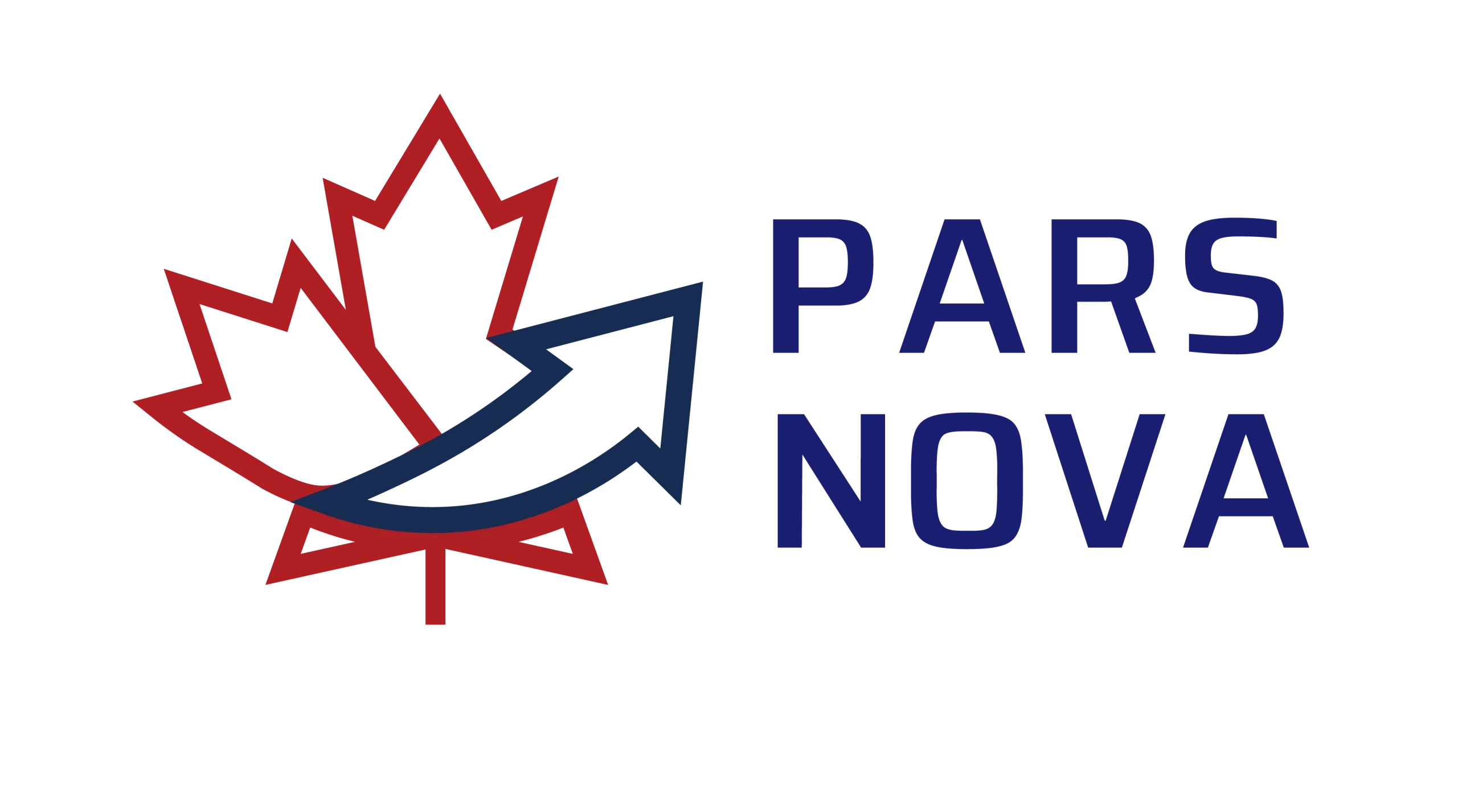Canada is one of the most popular destinations for work immigration. Due to its advanced job market, excellent living conditions, and numerous job opportunities, it is an attractive destination for international workers. In this article, we will explore the various methods of obtaining a work visa for Canada and fully explain the benefits and requirements of each.
Method 1: Obtaining a Work Permit (Temporary Work Residence)
A work permit is a visa that allows foreign individuals to work temporarily in Canada. To obtain this permit, individuals must have a valid job offer from a Canadian employer. This permit is generally limited to one employer and one specific job, but in certain circumstances, it may be possible to change jobs or employers. There are various ways to obtain a work permit, which we will discuss below:
- Temporary Foreign Worker Program (TFWP)
This program is designed for Canadian employers to hire foreign workers to fill labor shortages in Canada. The employer must obtain a Labour Market Impact Assessment (LMIA) from the Canadian government to prove that no Canadian citizen or permanent resident is available to fill the job position.
Requirements:
- The employer must have obtained the LMIA.
- You must prove that you will leave Canada once your work permit expires.
- You must have enough funds to support your stay in Canada and to return to your home country.
- International Mobility Program (IMP)
Under this program, employers can hire foreign workers without needing an LMIA. This pathway is suitable for individuals with specialized occupations who can benefit from exemptions provided by the Canadian government for certain jobs.
Requirements:
- A valid passport.
- A job offer letter from a Canadian employer.
- A minimum IELTS score of 6 in the English language test.
- Intra-Company Transfer (ICT)
This program allows managers and skilled employees to transfer to Canada and work in their company’s branches in the country. It is an ideal option for individuals working in large international companies.
Requirements:
- The company must have been active for at least one year.
- The employee must have worked in the company for at least 12 months within the last three years.
- The employee must have managerial experience or expertise in a specific occupation.
- Post-Graduation Work Permit (PGWP)
This program allows international graduates from Canadian educational institutions to work in Canada after completing their studies. It offers graduates the opportunity to gain Canadian work experience, which can eventually lead to permanent residency.
Requirements:
- Graduation from a recognized Canadian educational institution.
- At least 8 months of study in Canada.
- Application for a work permit within 180 days after graduation.
Method 2: Express Entry System (Permanent Work Residency)
If your goal is permanent residency in Canada, the Express Entry System is one of the best options. This system offers skilled workers and professionals with work experience a chance to obtain permanent residency in Canada. The Express Entry process operates on a points-based system and includes three main programs, which we will explain below.
- Federal Skilled Worker Program (FSW)
This program is for individuals with significant work experience in various professions who can contribute to the Canadian economy.
Requirements:
- At least one year of paid work experience in the last 10 years.
- A language proficiency score of CLB 7 in either English or French.
- Federal Skilled Trades Program (FST)
This program is for individuals with experience in skilled trades. If you have experience in trades like welding, electrical work, mechanics, or other specialized occupations, this program is suitable for you.
Requirements:
- At least two years of work experience in a skilled trade within the last five years.
- Language proficiency of CLB 5 for speaking and listening and CLB 4 for reading and writing.
- Canadian Experience Class (CEC)
This program is designed for individuals who have work experience in Canada and wish to apply for permanent residency through that experience.
Requirements:
- At least one year of work experience in Canada within the last three years.
- A minimum language score of CLB 5 for TEER2 and TEER3 occupations, and CLB 7 for TEER0 and TEER1 occupations.
Provincial and Regional Programs
In addition to the methods mentioned above, some provinces and specific regions in Canada have special programs for individuals wishing to immigrate for work purposes:
- Provincial Nominee Program (PNP)
These programs are for individuals who wish to live and work in a specific province in Canada. Applicants can immigrate through various provincial programs, which may include options for students, investors, or workers filling labor shortages.
- Quebec Skilled Worker Program (QSWP)
This program is for individuals who wish to live in Quebec and are proficient in French.
Requirements:
- Proficiency in French (at least 16 points for French language skills and 6 points for English proficiency).
- At least 6 months of work experience.
- Atlantic Immigration Program (AIP)
This program is for individuals who wish to live and work in one of Canada’s Atlantic provinces.
Requirements:
- At least one year of work experience in the last five years.
- A diploma or certificate from a program of at least two years in length.
Conclusion
Canada’s work visa programs offer a variety of options for individuals seeking temporary or permanent work in the country. Depending on your personal situation, you can choose from one of the above methods to immigrate to Canada. For more accurate information and specialized advice, it is recommended to consult with experienced immigration consultants.

